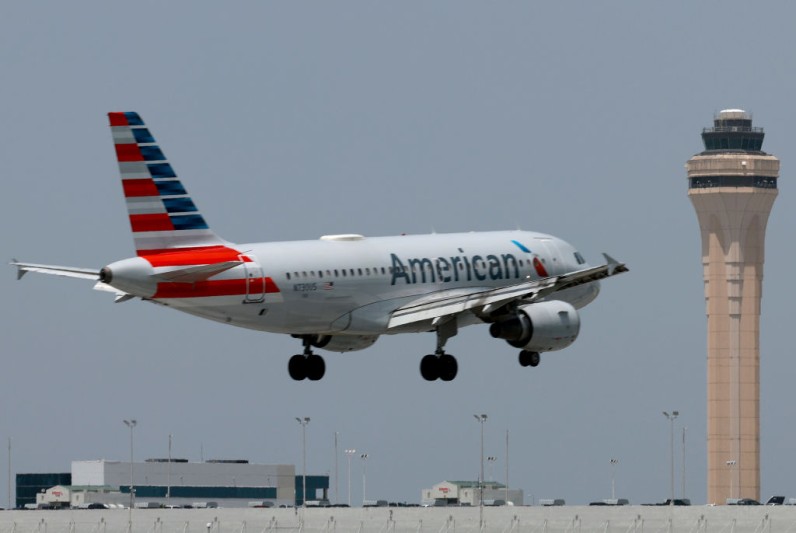
An American Airlines flight was ordered to abort its landing at Ronald Reagan Washington National Airport on February 25.
The Federal Aviation Administration (FAA) confirmed that the aircraft performed a go-around maneuver to avoid getting too close to another plane taking off from the same runway.
The incident involved American Airlines Flight 2246 from Boston and occurred around 8:20 a.m.
This event took place less than two hours before another go-around was executed by a Southwest Airlines flight at Chicago's Midway Airport due to an unauthorized aircraft entering the runway, ENews said.
Both American and Southwest Airlines issued statements clarifying that their pilots executed these maneuvers safely.
"American Airlines Flight 2246 landed safely and normally at DCA after it was instructed by Air Traffic Control to complete a standard go-around to allow another aircraft more time for takeoff," the airline said in a statement.
Aviation experts emphasized that go-arounds are standard procedures for pilots and can happen for multiple reasons, such as poor weather conditions or unexpected runway obstructions.
Robert Joslin, a professor at Embry-Riddle Aeronautical University, explained, "It probably happens more than you and I realize. It's not always just because (the plane) is getting ready to hit somebody."
2/26 ALMOST...AT CHICAGO IA+RONALD REAGAN
— Paulo Jorge Cruz (photo PJC, LA 1989) (@PauloCruzJCO) February 26, 2025
CHICAGO: private entered a runway without authorization and forced Southwest Airlines to abort landing. NB: FLAPS ARE DOWN
The same happened 90' earlier at Ronald Reagan DC (MIDAIR CRASH 1/29) with American Airlines and other taking off pic.twitter.com/RBBlaCf5yb
FAA Reports Frequent Go-Arounds at Major US Airports
The FAA reported that nearly 4 out of every 1,000 arrivals at the country's busiest airports involved go-arounds in fiscal year 2023. The agency handles about 45,000 flights daily, making such occurrences routine.
According to AP News, recent reports from the National Transportation Safety Board (NTSB) highlighted past close calls, including incidents in Honolulu and Sarasota. In Hawaii, an outdated airport design and pilot error nearly resulted in a collision.
In Sarasota, an air traffic control mistake led to a plane aborting its landing when another aircraft had not yet taken off.
Pilots train extensively for go-arounds, especially when dealing with instrument landings in low-visibility conditions.
According to Joslin, "There are a wide variety of reasons for it. It could be a pilot issue, an air traffic control issue, a weather issue, or even a wildlife issue."
The recent go-around at Washington National Airport follows a tragic midair collision near the same airport last month, where an American Airlines flight and an Army helicopter crashed, killing all 67 people on board.
While the cause remains under investigation, concerns have been raised over air traffic control safety protocols.
Passengers aboard Flight 2246 were visibly unsettled by the unexpected maneuver. One passenger, Itai Ardi, shared his concern with The New York Times, explaining that given the recent crash on January 29, he was already on high alert.
He described the situation as abrupt, feeling as though the pilot was forced to take emergency action without any gradual transition.







Join the Conversation